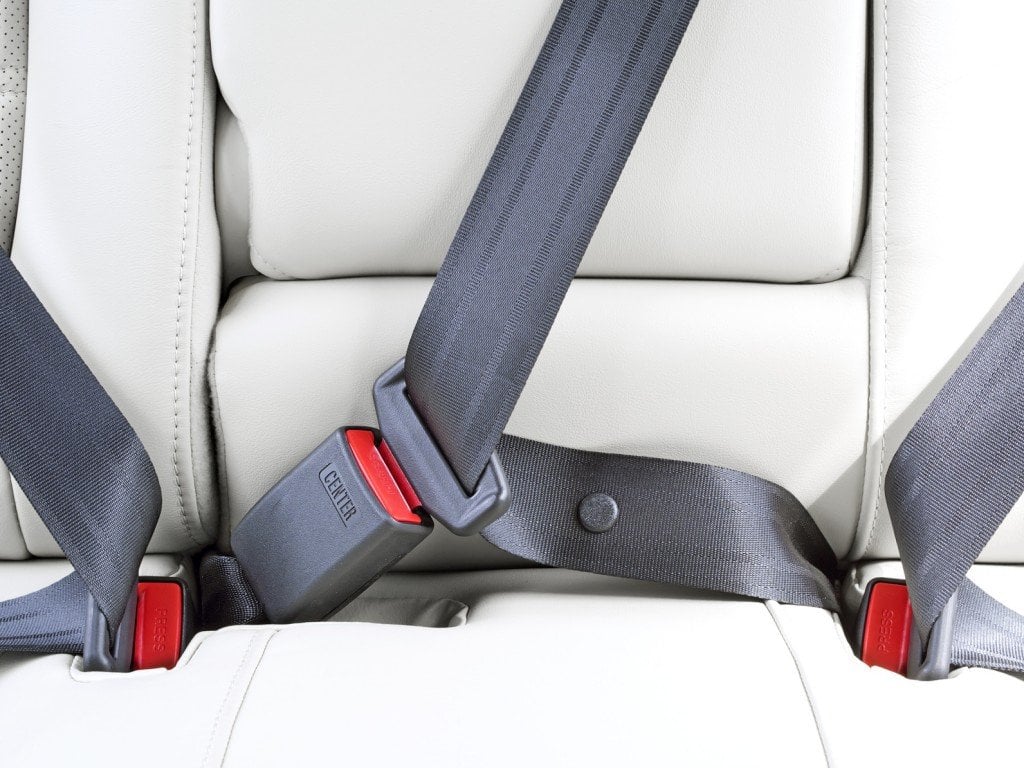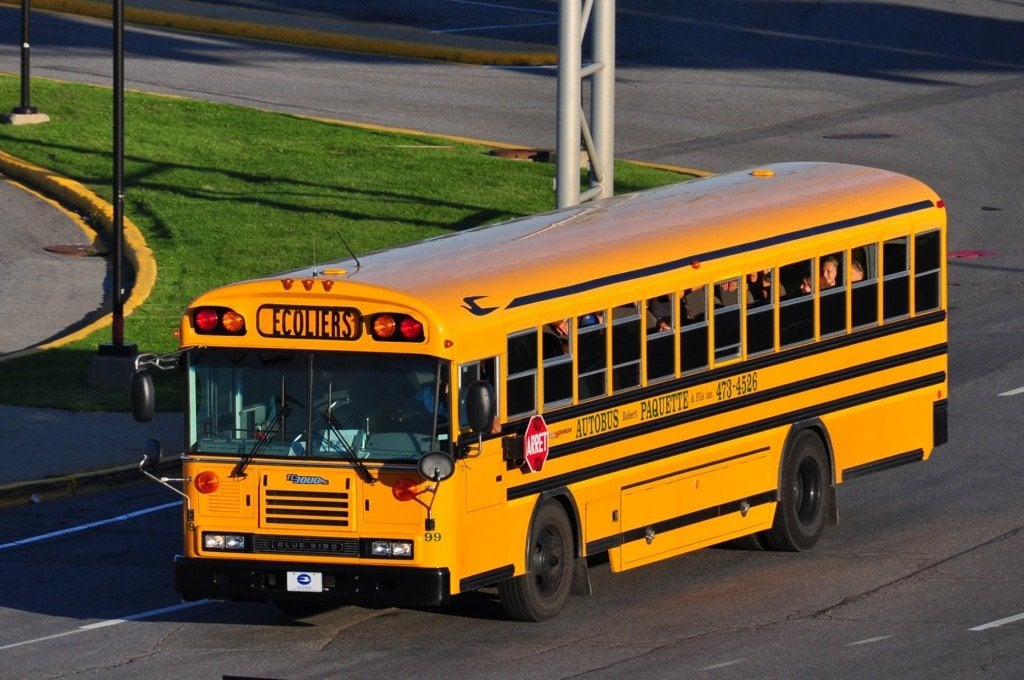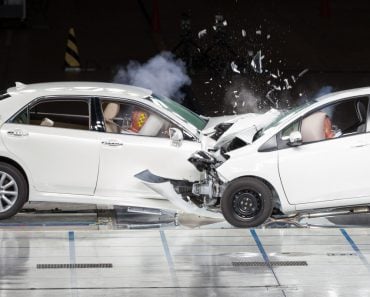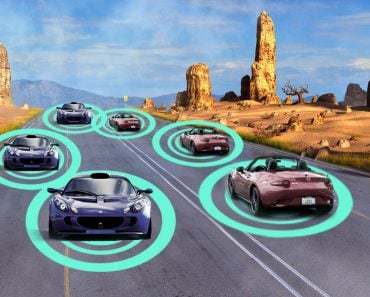Table of Contents (click to expand)
Buses are typically larger and heavier than other automobiles, which makes them less likely to sustain damage in a collision. Also, seats in a bus are typically installed equidistant from each other, which helps to absorb the impact of a collision or sudden stop.
Did you know the fastest car today can go over 300 miles per hour? However, when cars were first invented, they could only travel a few miles per hour. As speeds increased, safety for passengers became a critical concern for designers and engineers.
That’s how seat belts were invented.
While seat belts are important, have you ever noticed that cars and similar vehicles have seat belts, but buses do not? Why is that?
Recommended Video for you:
The Power Of Seat Belts
A seat belt, also referred to as safety belt, is a kind of safety device installed in automobiles to ensure that the occupant of the seat remains secured against any harmful movements that may result from powerful jolts due to a collision, sudden stop, or accident.

A seat belt plays a crucial role in maximizing the effectiveness of an airbag during an accident. It keeps the passenger in a position that ensures the airbag can work effectively. Additionally, seatbelts offer a comfortable ride by preventing swaying or jerking during turns.
However, it’s puzzling that buses, which carry more passengers, don’t have seat belts. Shouldn’t it be more important to ensure their safety?
Passenger Safety In Buses
Since we’re talking about installing seat belts in buses, let’s first look at the measures of safety that buses already offer over other automobiles.

Buses are designed to be safer than most other vehicles on the road. They are much heavier and larger, which makes them less prone to damage in case of a collision.
Additionally, buses usually travel at lower speeds than vehicles of similar size, reducing the risk of accidents. This is because the mass of an object is directly proportional to its momentum. Therefore, a heavier vehicle, like a bus, will have more momentum at lower speeds, making it more stable and less likely to sustain damage even in a collision.
Another factor that contributes to passengers’ safety in a bus is the fact that passengers sit quite high off the ground, i.e., they have a decent clearing from the ground, a highly important natural safety feature that most of smaller automobiles like cars, bikes and SUVs don’t offer. So, in case of a mishap, it is highly likely that the impact will be absorbed by the deck of the bus, and not the occupants.
Why Buses Don’t Have Seat Belts?
Transportation officials have stated that seat belts are not necessary in buses due to compartmentalization. This feature ensures that seats are installed at equal distances from each other, creating small compartments that segregate passengers.
To better understand this concept, consider how eggs are protected from damage by being separated and divided into small compartments.

The design is quite similar in buses; the seat in front of you is high enough and usually decently padded to arrest your motion in the forward direction in the case of a sudden stop or a collision.
However, this is only a passive safety measure and doesn’t ensure absolute safety.
It is often wondered why buses, especially school buses, do not have seatbelts. One reason for this is the cost. Studies conducted by the University of Alabama and the National Highway Traffic Safety Administration (NHTSA) show that adding seatbelts would increase the cost of a bus without significantly impacting passenger safety.
Moreover, a report by NHTSA suggests that the installation of lap/shoulder belts could lead to increased capital costs, reduced seating capacities, and other unintended consequences that could result in more children seeking alternative means of transportation.
Overall, buses, including school buses, are designed to ensure passengers’ safety. However, the addition of seatbelts could significantly boost their safety while traveling.
References (click to expand)
- Lou, Y., Mehta, G., & Turner, D. S. (2011, September). Factors influencing students’ usage of school bus seat belts: An empirical analysis of the Alabama pilot project. Accident Analysis & Prevention. Elsevier BV.
- Spital, M., Spital, A., & Spital, R. (1986, November 1). The Compelling Case for Seat Belts on School Buses. Pediatrics. American Academy of Pediatrics (AAP).
- Why don't school buses have required seat belts?.
- Why do school buses not require seat belts?.













